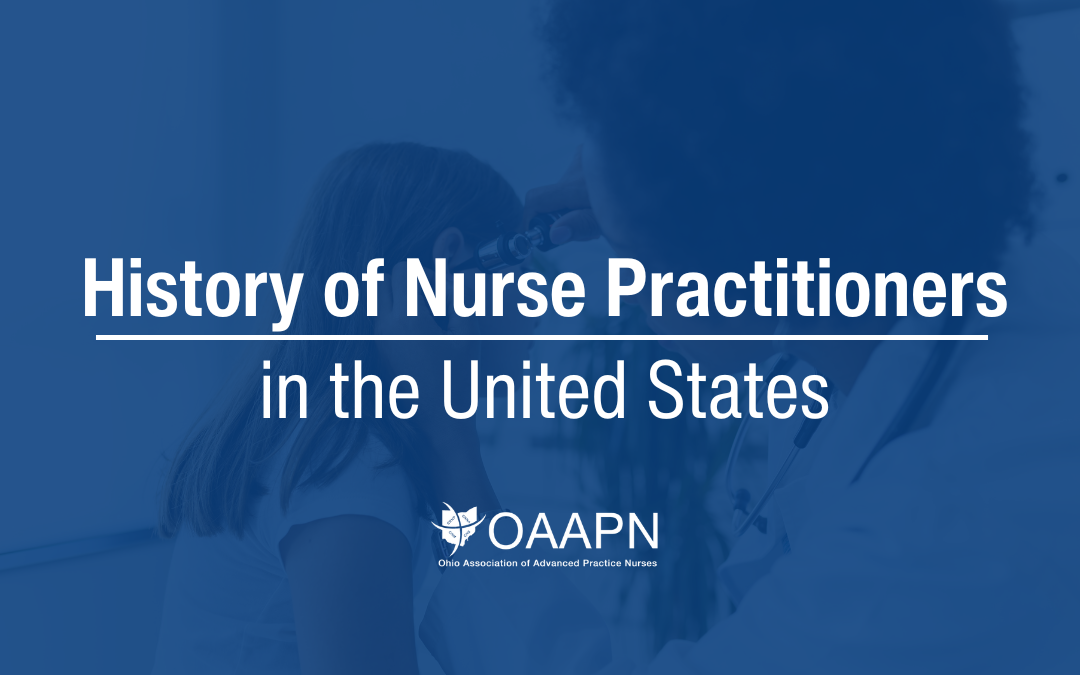The History of Nurse Practitioners in the United States: How it Started and How it’s Going
The 1960s were a tumultuous time in history. Dominated by the Vietnam War, the Civil Rights movement, and the assassination of John F. Kennedy, the decade also saw many positive changes, including the establishment of the first nurse practitioner program. Let’s take a closer look at the history of nurse practitioners in the United States.
1950s and 1960s
During the 1950s and 1960s, physicians began to choose specialties, leading to a shortage of primary care physicians. As a result, the underserved populations in rural areas desperately needed healthcare. Primary care physicians who decided not to specialize recruited Registered Nurses with clinical expertise and began collaborating with them to identify and treat the primary care needs of children and families.
The introduction of the Social Security Amendments of 1965 increased the need for primary care throughout the United States, and nurses were the ones who stepped in to educate families about health promotion and prevention. Nursing leaders across the country noted that nurses were experienced and knowledgeable about the healthcare needs of children and families. They began to expand their roles to parallel the roles and responsibilities of a primary care physician.
In 1965, one such leader, Loretta Ford, partnered with a physician, Henry Silver, to create the very first training program at the University of Colorado, which focused on family health, disease prevention, and the promotion of health and well-being. After dealing with some initial resistance, nurse practitioner programs began to develop nationwide. Boston College was among the first to offer a Master’s Degree program.
1970s and 1980s
By the 1970s and 1980s, nurse practitioners took on the task of validating their profession as they collected data on access to care and patient satisfaction. In 1985, with more than 24,000 nurse practitioners in the United States, the American Association of Nurse Practitioners was established.
Current day APRNs
Over fifty years after the establishment of the first program, nurse practitioners are still filling the gap of a critical shortage of qualified healthcare professionals. Today, there are more than 355,000 nurse practitioners licensed in the U.S. More than 36,000 new NPs completed their academic programs in 2020-2021. 88.0% of NPs are certified in an area of primary care, and 70.3% of all NPs deliver primary care.
As the voice of more than 17,000 licensed APRNs throughout Ohio, OAAPN counts Nurse Practitioners, Certified Registered Nurse Anesthetists, Clinical Nurse Specialists, and Certified Nurse Midwives among our members. We believe that there is strength in our numbers, authority in our voice, and influence in our actions. Read more about our rich history on our blog.
